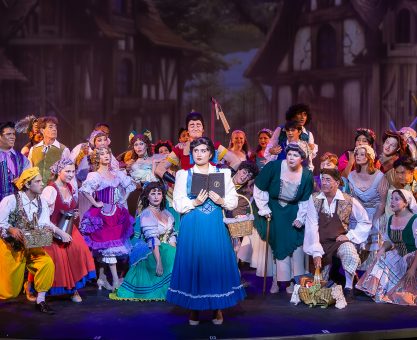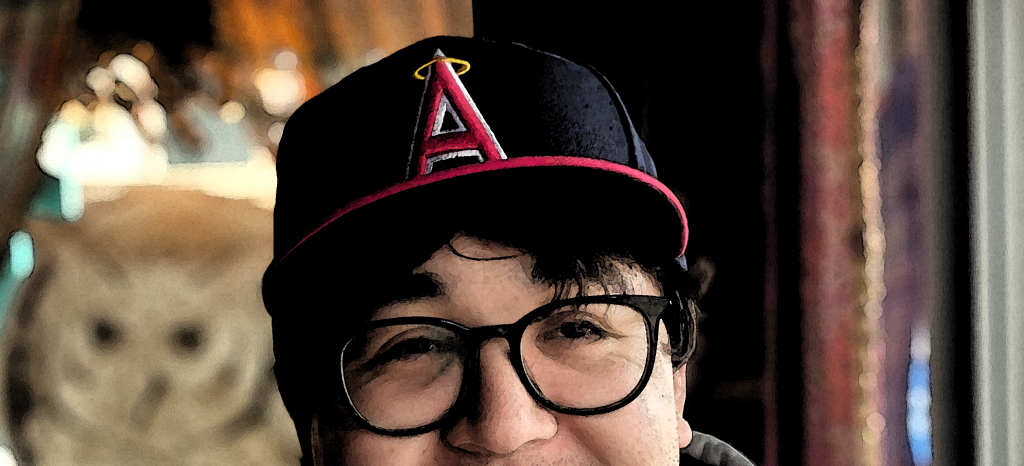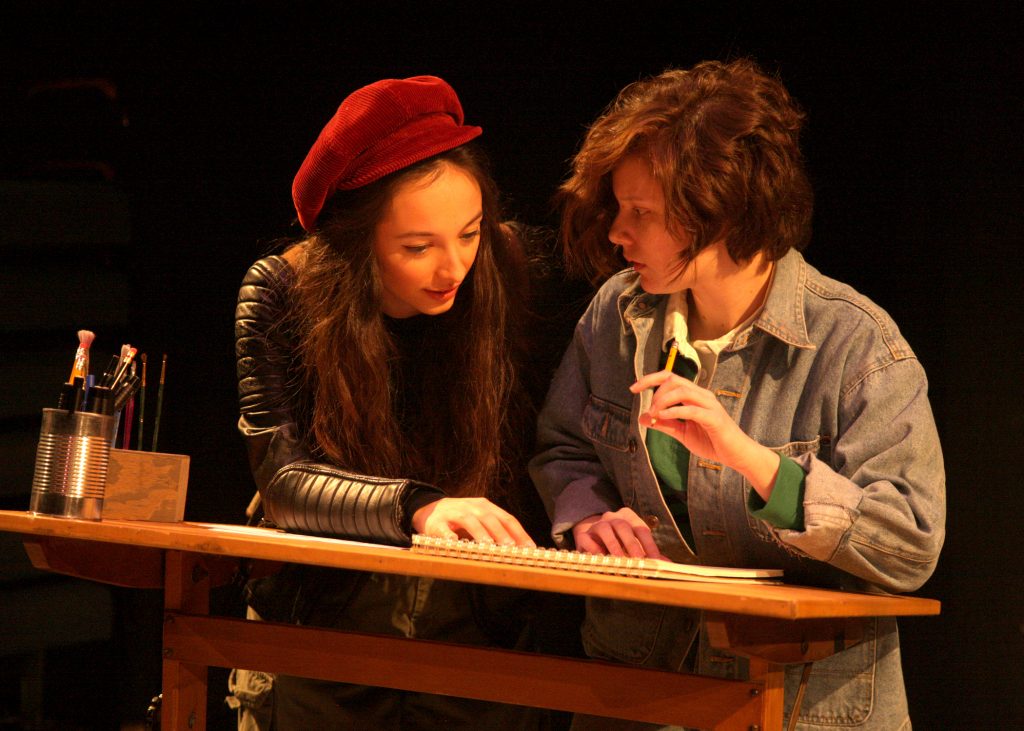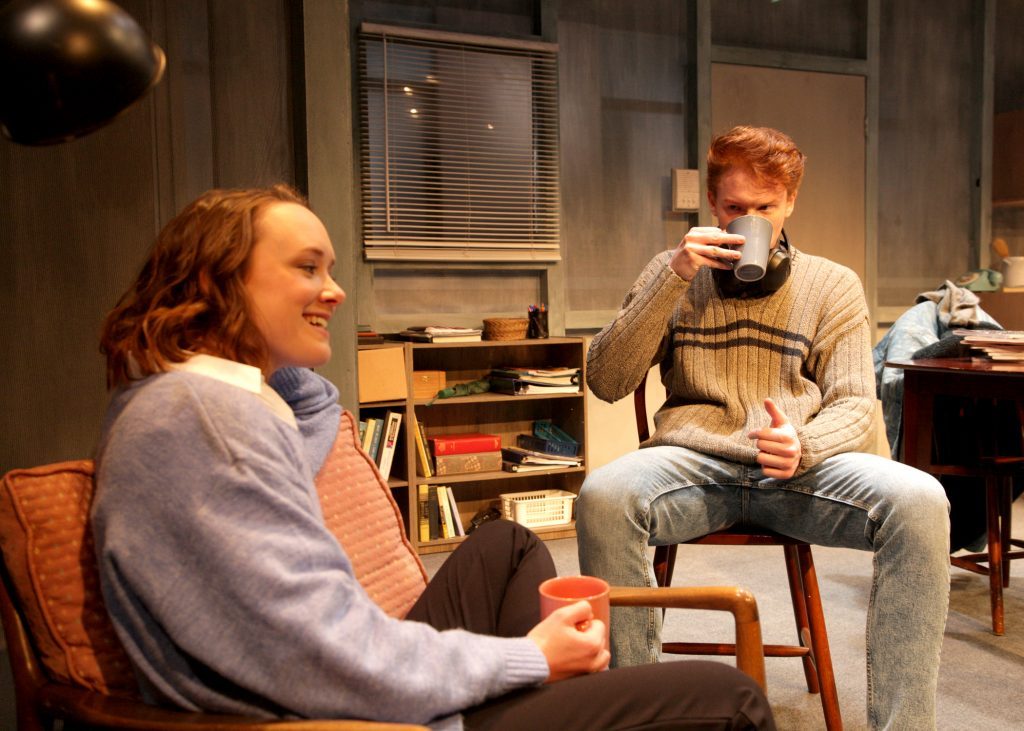Written By Daniella Litvak

Nick Charles Stage Door Repertory Theatre
The show starts a bit slow. There is a lot of exposition, and the delivery of it is a bit clunky. But once the setting and characters are set up, and the plot moves away from the slice-of-life storytelling and focuses on the Robinson trial, you can’t resist getting sucked into the drama even if you already know the outcome.
To Kill a Mockingbird is based on Harper Lee’s critically acclaimed novel. The story is told from the perspective of a little girl nicknamed “Scout.” In the story, Scout reflects on what it was like growing up in Maycomb, Alabama, in the 1930s. Scout and her brother Jem used to think Maycomb people were the best people in the world. But their view of their hometown starts to change after their father, country lawyer Atticus Finch, is appointed to defend Tom Robinson, an African American man accused of assaulting a white girl.
My favorite performance was from the ten-year-old Dilynn Cathey, who nails the part of Scout. Especially during the beginning, when the show feels a bit stiff and awkward, she livens it up with her spunky innocence. Eric Davis, Bill Carson, and Kyra Olschewske all turn in solid performances as Tom Robinson, Bob Ewell, and Mayella Ewell, respectively.
Of course, I can’t discuss To Kill a Mockingbird without consulting Atticus Finch. The role of Atticus has got to be one of the toughest to play. Gregory Peck’s Academy Award-winning performance of the character in the film version casts a very long shadow for all other performers in the role. The character himself has had quite an impact on society. When you watch Jeffrey T. Brem deliver Atticus’ closing argument, you forget all your expectations and preconceived notions and care about what is happening on the stage before you.
I also think it helps that the show embraces the source material. As much as I love it when a show takes risks and attempts innovation, there is merit in performing a faithful adaptation that (for the most part) straightforwardly gives the audience the iconic moments –such as the “sin to kill a mockingbird” spiel or Scout’s shaming the mob speech –it wants to be seen.
The set is excellent. It’s divided into four areas. The Finch house, the rest of the neighborhood, and the Radley house with the tree and a brick wall represent the outside of the town jail. I love how the Finch house is painted a warm yellow symbolizing its inhabitants’ openness and good nature in contrast to the angrier red and brown tones used for the homes of their more hostile neighbors. I also liked how the neighbors’ houses were situated on a platform, which allowed the supporting characters to talk down to Finches and maintain their distance from the Radleys. The lighting, which goes on and off at precisely the right moments, works magnificently.
When I think of To Kill a Mockingbird, I will no longer think of the weeks of agony that came from studying the novel during my first-year English class. Your production is a much better memory.
8.3/10
April 18th – May 2nd 2015
Stage Door Repertory
























































Thank you for the wonderful piece on Grace McLean by Zack Johnston!!